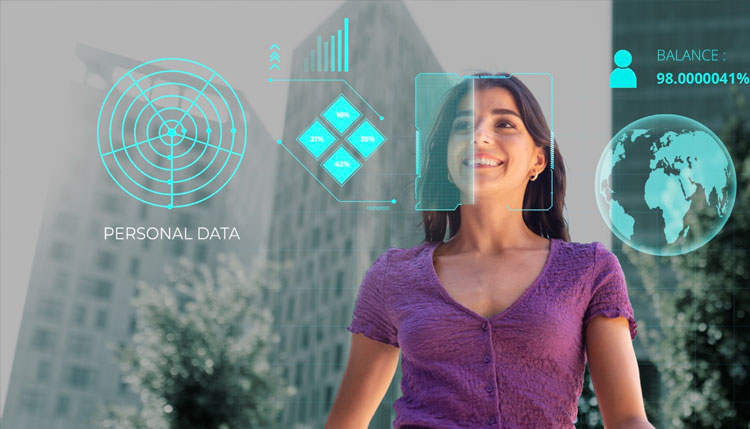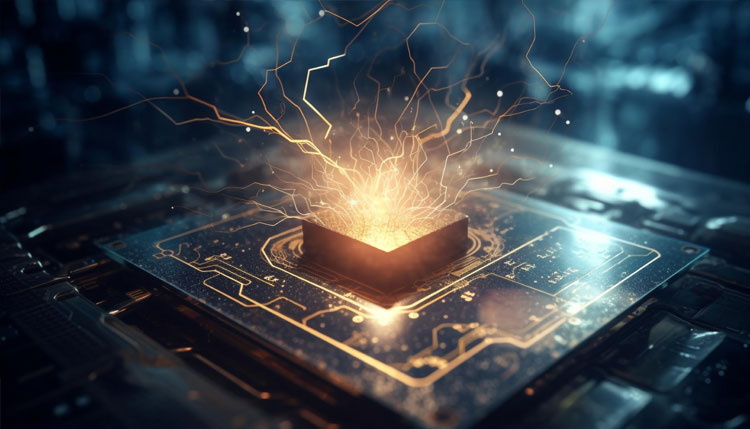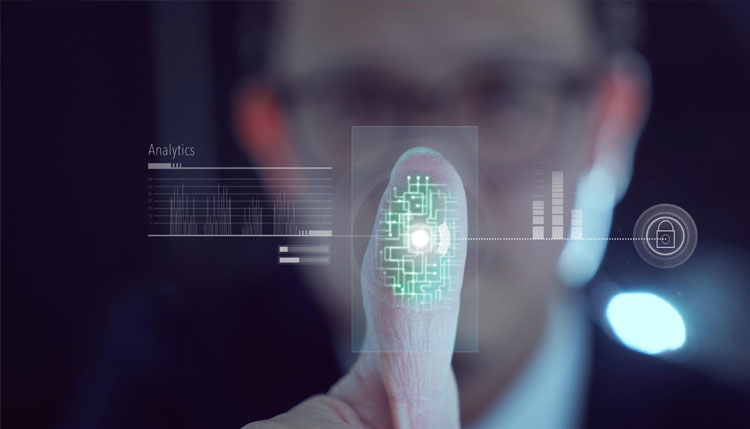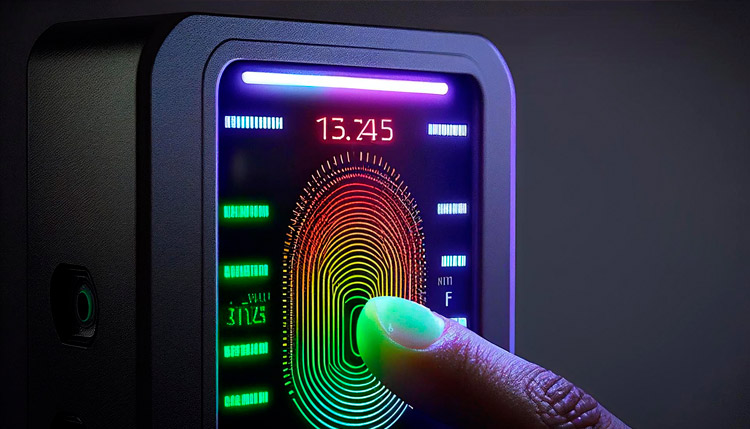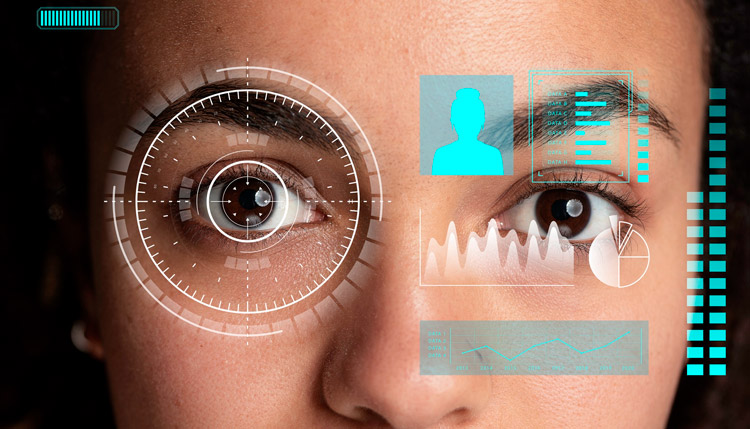
Advancements in Iris Recognition
Iris recognition is one of the most accurate methods for identity verification. It was introduced first in 1994 by John Daugman, and since then many methods have been used to enhance its performance.
The advantages of uniqueness, non-invasiveness, stability, and low false detection rate make iris recognition a very efficient biometric identifier. The probability of finding two people with the same iris patterns is almost zero.
An average iris recognition process follows these steps:
- Segmentation: The inner and outer boundaries of the iris are modelled as a circle at this stage
- Normalization: Once segmented, the iris region is normalized to a fixed dimension to allow comparison
- Feature extraction and template generation: Next stage is to extract significant information from the iris pattern that has been normalized. These extracted features are used to generate an iris template
- Feature matching and decision making: The templates generated in the previous stage are used to match with the existing iris template. This stage measures the similarity and dissimilarity to give a decision of acceptance or rejection
The light used for iris recognition is a near-infrared light as it makes it possible to obtain a relatively stable amount of information as compared to when visible light is used.
Taking advantage of fingerprint recognition and image recognition
Fingerprint recognition is not much different compared to iris recognition in terms of feature extraction from a number of images. The algorithms in place for fingerprint recognition using image recognition technologies were quite helpful to develop better iris recognition patterns around the patented model.
Multi-algorithm fusion matching
Fusion matching uses multiple algorithms to extract the features of the iris, collate them and create a result to improve the precision. Each extraction follows the whole set of steps to record the required data and images of the iris and a final template is then created to match the stored data. It is understood that fusion matching becomes more effective if there are more variations present in the examined features.
High-speed matching using CPU optimization
With fusion matching in the picture, it became important to increase the matching speed. Normally, increasing the speed would require reducing the number of extractions for matching, which would reduce accuracy. A good workaround for this is maximizing CPU usage by optimizing the software required for iris recognition. This helps achieve higher speeds along with maintaining accuracy.
Conclusion
Iris recognition has been one of the most reliable verification techniques since its introduction. A lot of enhancement techniques are still underway to make the process more reliable and convenient for humans. For more information on Iris Recognition, please write to info@trueid.in or visit www.trueid.in.

